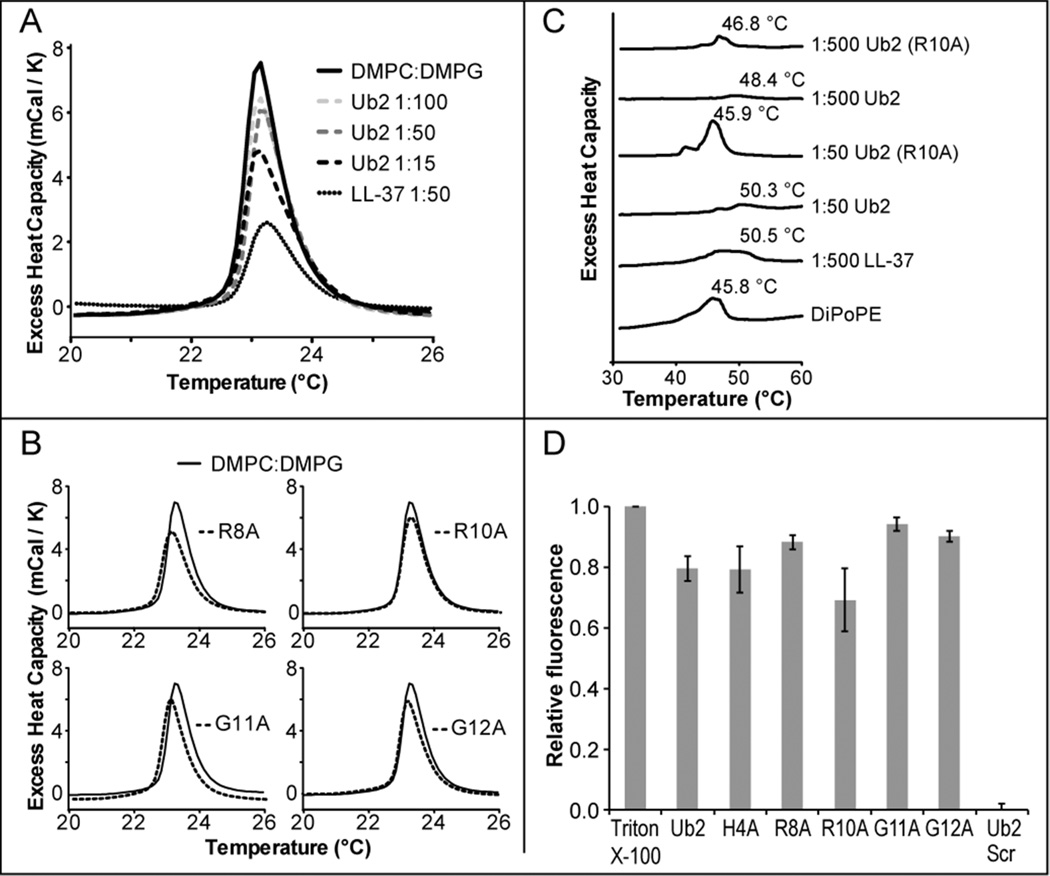Figure 2. Perturbation of membrane properties by Ub2 and point substitution peptides.
A) Phase transition temperatures of DMPC:DMPG (1:1) multilamellar vesicles in the presence and absence of Ub2. Ub2 was added to DMPC:DMPG (1:1) at the indicated peptide-to-lipid proportions. Addition of LL-37 or Ub2, perturbs the main phase transition peak height, suggesting insertion into the vesicles. B) Ub2 point substitution peptides were added to DMPC:DMPG (1:1) at a peptide-to-lipid ratio of 1:50. The addition of non-bactericidal Ub2 point substitution peptides reduced the enthalpy of the phase transition temperature. C) Phase transition temperatures of DiPoPE in the presence and absence of Ub-peptides. The addition of LL-37 or Ub2 increases the temperature required for phase transition of DiPoPE suggesting the peptides prevent the Lα to H‖ transition. D) Relief of carboxyfluorescein self-quenching by disruption of dye encapsulation in large unilamellar vesicles of POPC:POPG (1:1). Carboxyfluorescein-containing POPC:POPG (1:1) vesicles were incubated in the presence of either 10 µM Ub-peptides or 0.01% Triton-X. Relative fluorescence is defined as the fluorescence of peptide-treated samples relative to detergent-released carboxyfluorescein. The average and +/− standard deviations from three independent assays are shown.

